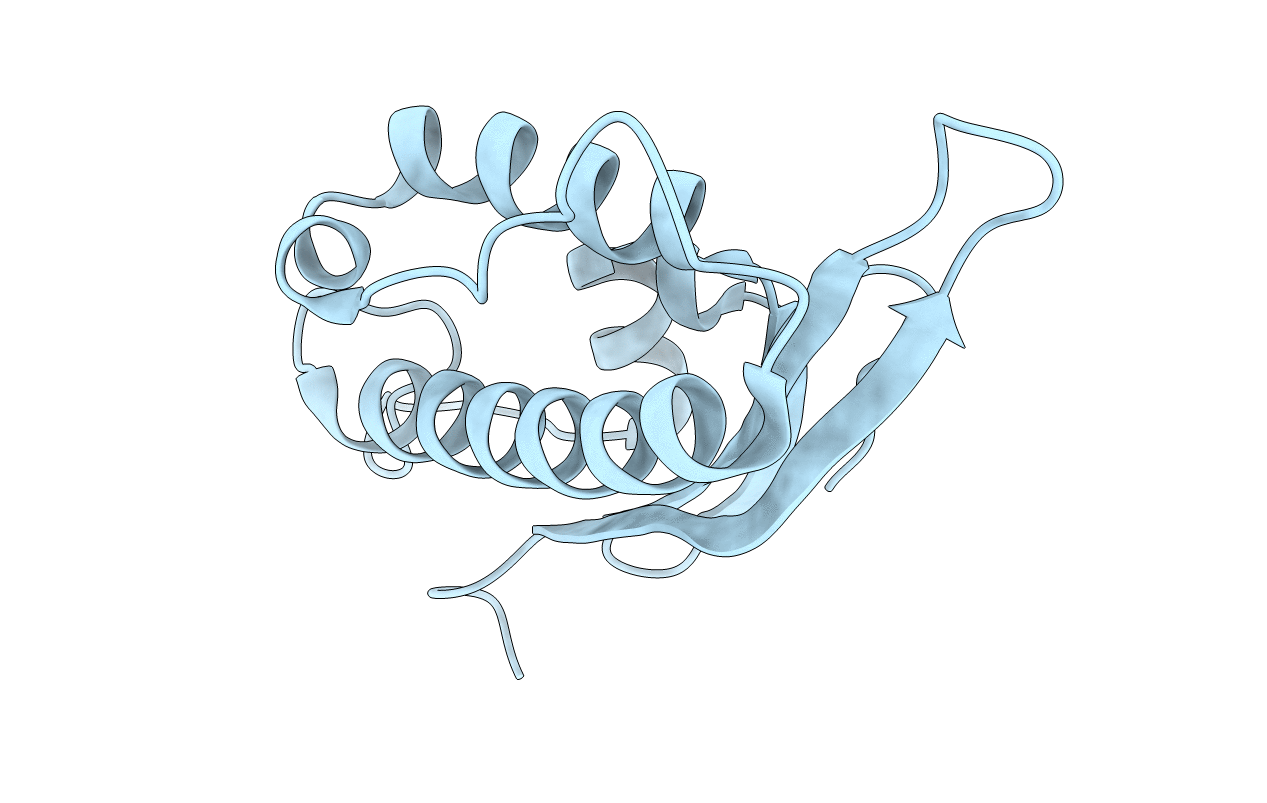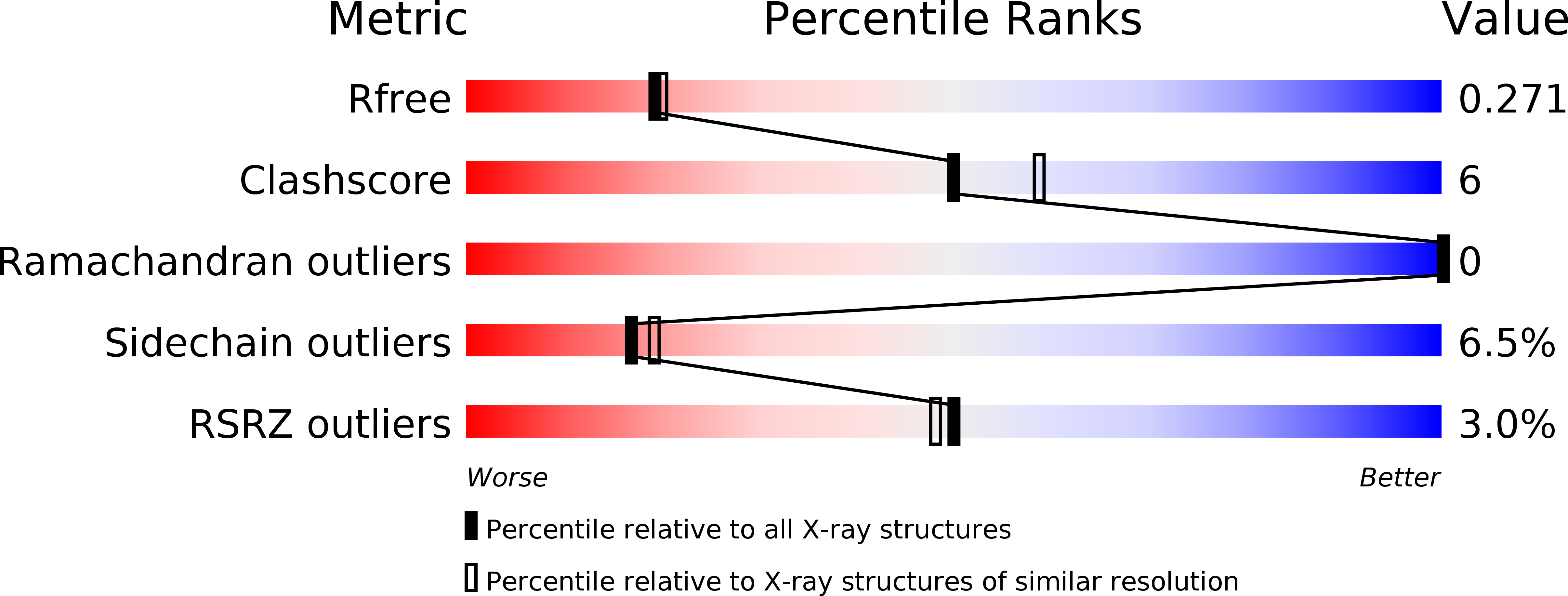
Deposition Date
2007-05-21
Release Date
2007-07-31
Last Version Date
2024-10-23
Method Details:
Experimental Method:
Resolution:
2.20 Å
R-Value Free:
0.28
R-Value Work:
0.20
R-Value Observed:
0.21
Space Group:
I 2 3


